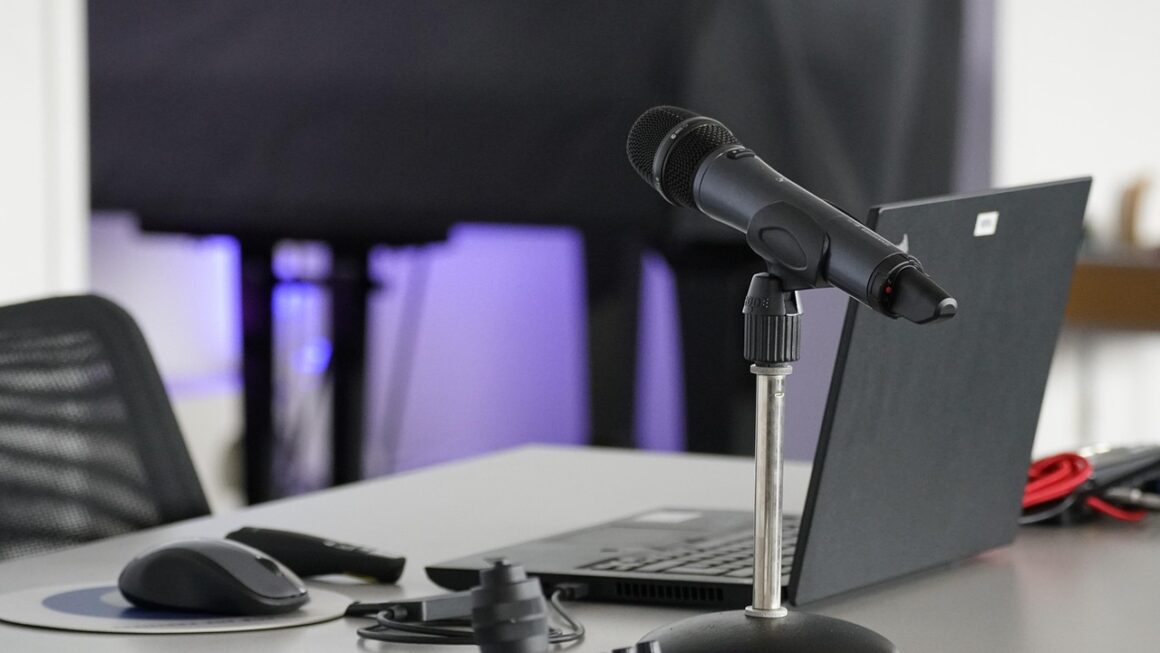Keyboards – the unsung heroes of our digital lives. From crafting emails to coding complex software, these trusty peripherals are our primary interface with the digital world. But with a dizzying array of options available, from ergonomic marvels to minimalist designs, choosing the right keyboard can feel overwhelming. This guide will demystify the world of keyboards, helping you find the perfect match for your needs and preferences.
Understanding Keyboard Types
Mechanical Keyboards
Mechanical keyboards are renowned for their tactile feedback, durability, and responsiveness. Each key utilizes a mechanical switch, resulting in a distinct feel and sound. These switches are often rated for tens of millions of keystrokes, making them a long-lasting investment.
- Key Switches: Different key switch types (e.g., Cherry MX, Gateron, Kailh) offer varying levels of tactile feedback, actuation force, and noise.
Linear Switches (e.g., Cherry MX Red): Smooth and consistent keystroke without a tactile bump. Ideal for fast-paced gaming.
Tactile Switches (e.g., Cherry MX Brown): Provide a noticeable bump when the key is actuated, offering tactile feedback. Great for typing and general use.
Clicky Switches (e.g., Cherry MX Blue): Offer both tactile feedback and an audible “click” sound. Popular for those who enjoy a distinct and satisfying typing experience.
- Keycaps: Keycaps come in various materials (ABS, PBT), profiles (OEM, Cherry, DSA), and colors. PBT keycaps are generally more durable and resistant to shine compared to ABS keycaps.
- Benefits:
Enhanced typing experience
Long lifespan
Customization options (keycaps, switches)
Improved accuracy
Membrane Keyboards
Membrane keyboards use a pressure pad beneath the keys to register keystrokes. They are generally more affordable than mechanical keyboards and offer a quieter typing experience.
- Types:
Flat Membrane Keyboards: Common in laptops and all-in-one computers. Low profile and portable.
Full-Height Membrane Keyboards: Similar in height to mechanical keyboards but use a membrane switch mechanism.
- Benefits:
Affordable
Quiet operation
Spill-resistant designs often available
Ergonomic Keyboards
Ergonomic keyboards are designed to reduce strain and promote a more natural hand and wrist position, minimizing the risk of repetitive strain injuries (RSIs) such as carpal tunnel syndrome.
- Features:
Split Design: Separates the keyboard into two halves, allowing for a more natural arm and wrist angle.
Contoured Keys: Shaped to fit the natural curvature of your fingers.
Wrist Rests: Provide support for your wrists, reducing pressure and strain.
Adjustable Tilt: Allows you to customize the angle of the keyboard to find the most comfortable position.
- Benefits:
Reduced risk of RSIs
Improved comfort
Enhanced typing posture
Connectivity: Wired vs. Wireless
Wired Keyboards
Wired keyboards connect directly to your computer via a USB cable, providing a stable and reliable connection.
- Benefits:
Reliable connection
No batteries required
Generally lower latency (important for gaming)
Wireless Keyboards
Wireless keyboards use Bluetooth or a dedicated RF receiver to connect to your computer, offering greater freedom of movement and a cleaner workspace.
- Benefits:
Clutter-free workspace
Greater mobility
Convenient for presentations or remote control
- Considerations:
Battery life (some require charging, others use replaceable batteries)
Potential for latency (less of an issue with modern Bluetooth standards and RF receivers)
Potential for interference (though this is rare)
Keyboard Layout and Size
Full-Size Keyboards
Full-size keyboards include all standard keys, including the alphanumeric keys, function keys, number pad, and arrow keys.
- Benefits:
Familiar layout
Dedicated number pad for data entry
Ideal for users who frequently use all keys
Tenkeyless (TKL) Keyboards
TKL keyboards, also known as 80% keyboards, omit the number pad to save space.
- Benefits:
More compact design
Improved ergonomics (allows for a more centered mouse position)
Portable
60% Keyboards
60% keyboards are even smaller than TKL keyboards, omitting the function keys and arrow keys, requiring users to use function layers to access these keys.
- Benefits:
Extremely compact and portable
Maximizes desk space
Popular among gamers and minimalist users
Layout Variations
- ANSI vs. ISO: ANSI is the standard layout in the United States, while ISO is common in Europe and other regions. The key difference is the shape and location of the Enter key.
- QWERTY, DVORAK, and Colemak: QWERTY is the most common keyboard layout. Dvorak and Colemak are alternative layouts designed to improve typing efficiency.
Features to Consider
Backlighting
Backlighting illuminates the keys, making them easier to see in low-light conditions.
- Types:
Single-color: Uses a single color for backlighting.
* RGB: Offers customizable color options and lighting effects.
Macro Keys
Macro keys allow you to program a sequence of keystrokes or commands to a single key, streamlining repetitive tasks.
N-Key Rollover (NKRO)
NKRO ensures that all keystrokes are registered, even when multiple keys are pressed simultaneously. This is crucial for gamers and fast typists.
Keycap Material
As mentioned earlier, PBT and ABS are the most common keycap materials, with PBT offering greater durability. Consider doubleshot PBT keycaps for legends that won’t fade over time.
Software Customization
Many keyboards come with software that allows you to customize key assignments, create macros, and adjust lighting effects.
Conclusion
Choosing the right keyboard is a personal decision that depends on your individual needs and preferences. By understanding the different types of keyboards, connectivity options, layouts, and features available, you can make an informed choice and find the perfect keyboard to enhance your productivity, comfort, and overall computing experience. Whether you prioritize tactile feedback, ergonomics, portability, or customization, there’s a keyboard out there waiting to be discovered.




